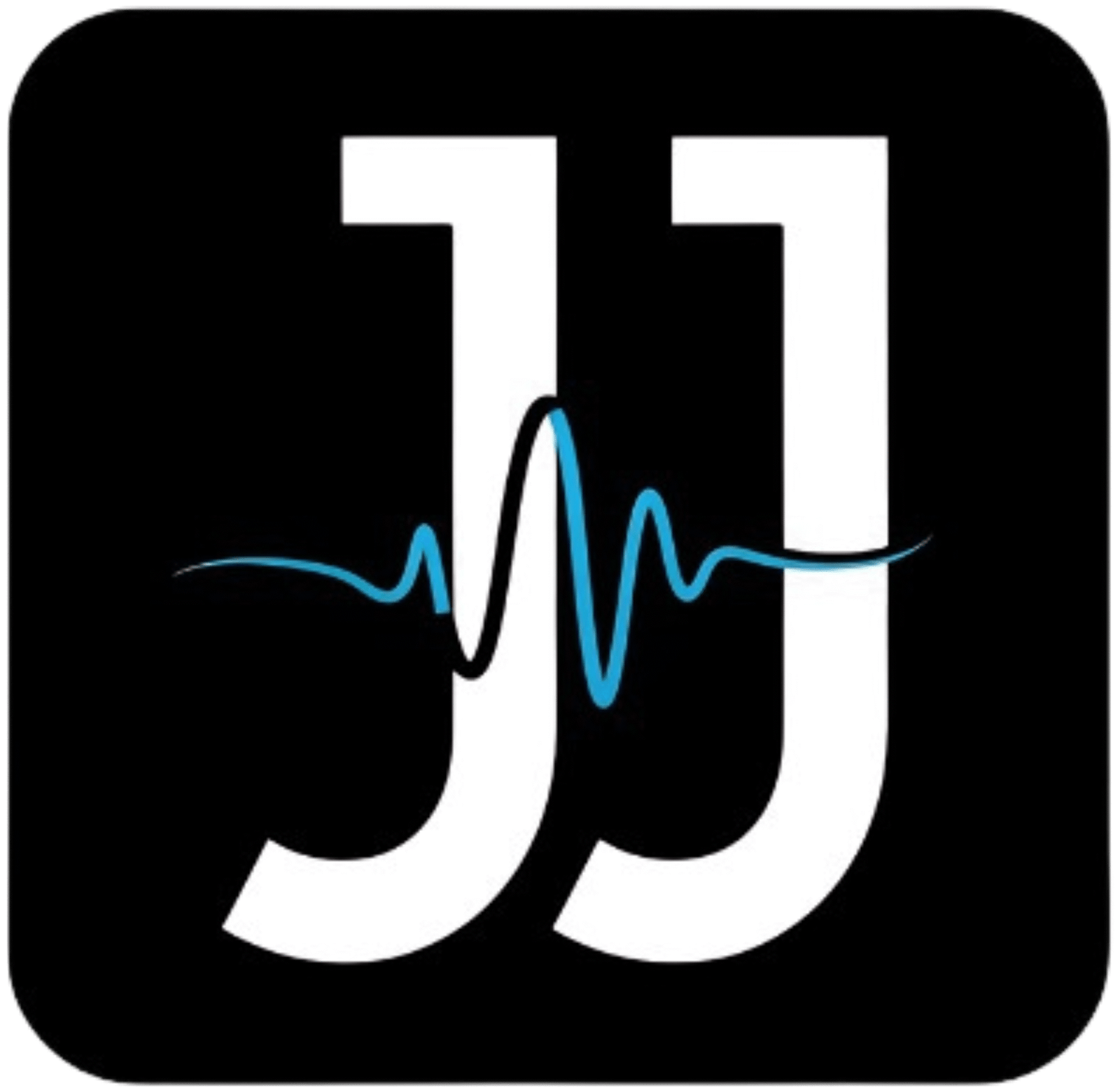Just like many creative professionals, I find that effective planning is vital to my music projects. Through Trello, I can organize my album creation process in a visual and user-friendly way. You can break down tasks into manageable cards, assign deadlines, and keep track of your progress. Staying organized helps me avoid overwhelming situations and ensures I meet my goals. In this post, I’ll share how I utilize Trello to streamline my album planning and enhance my productivity, making it an necessary tool for any musician.
Crafting the Vision: Jesper’s Strategic Framework
Within my Trello boards, I outline a strategic framework that seamlessly blends both the creative and organizational aspects of album planning. This blueprint transforms abstract ideas into concrete goals, guiding the project from conception to execution while ensuring that inspiration is harnessed effectively. Each board becomes a roadmap, allowing me to stay focused on my artistic vision while adhering to practical timelines and resources.
Setting clear goals for each album
Each album begins with defining clear, measurable goals that serve as benchmarks throughout the creative process. These goals range from the number of songs to produce, specific themes to explore, or desired collaborations. By articulating these objectives early on, I create a tangible framework that keeps my vision aligned and trackable.
Aligning creative impulses with project timelines
Aligning my creative impulses with project timelines requires a delicate balance. I prioritize flexibility while marking key milestones on my Trello boards—this ensures that the creative flow is not stifled, yet vital deadlines remain clear. For instance, I might set specific songwriting sessions while allowing room for spontaneous jam sessions or lyric drafts. This approach not only fuels my creativity but guarantees momentum during the project lifecycle.
When planning an album, I often incorporate specific intervals for both structured work and creative exploration. For example, after determining a songwriting goal, I schedule dedicated times to write without constraint, interspersed with review periods to refine our direction. This method preserves the spontaneity of creativity while keeping the project on track. I also use Trello to visually map out tasks, so I can adjust my timelines based on where I find the greatest inspiration, ensuring that my artistic expression flourishes alongside my planned objectives.
The Trello Board: Jesper’s Digital Canvas
My Trello board serves as a dynamic digital canvas where I bring my album vision to life. It’s not just a collection of tasks; it’s a comprehensive visual map of the entire album-making process. This platform allows me to integrate various elements, ensuring every part of my creative journey is organized and accessible. Each board reflects my artistic style and thematic direction, creating a space that inspires while also keeping me accountable.
Structuring album phases with lists and cards
To effectively manage the complexity of album production, I structure my Trello board into distinct lists representing different phases like songwriting, recording, and marketing. Each phase contains individual cards that detail specific tasks or ideas I want to explore. This layout not only keeps me focused but also provides clarity on which stage I’m currently in, making the entire process feel more manageable and organized.
Incorporating visual elements for creative inspiration
To further enrich my creative process, I incorporate visual elements into my Trello board. I often attach mood boards, album artwork samples, and color palettes that resonate with the themes I’m exploring. By curating these visuals alongside my tasks, I can maintain a consistent aesthetic direction that fuels my artistry and inspires innovative song concepts.
This visual integration transforms my Trello board from a simple task manager into a source of artistic motivation. By analyzing visuals that reflect the emotions or stories behind my tracks, I find myself generating fresh ideas and sparking new connections between songs. For instance, while working on a more upbeat track, I may attach vibrant images that capture that energy, which in turn influences the sound and lyrics I develop. Each visual serves as a reminder of my overall vision, ensuring that creativity flows seamlessly throughout the project.
Collaborative Synergy: Engaging Team Members Effectively
Effective collaboration transforms creative projects into collective masterpieces. Through Trello, I engage my team by facilitating open communication and ensuring everyone’s voice is heard. Together, we brainstorm ideas, track progress on individual tasks, and celebrate milestones. I utilize Trello not only for organizing tasks but also to build an environment where creativity flourishes, leading to enriched collaborative synergy.
Roles and Responsibilities Through Trello Assignments
Trello assignments clarify roles, making expectations transparent for each team member. I assign tasks to individuals, labeling them with clear deadlines and specific deliverables. This organization helps eliminate confusion, allowing each team member to focus on their strengths while taking ownership of their responsibilities within the album project.
Real-time Feedback Loops for Creative Growth
Real-time feedback loops are the backbone of ongoing creative development. Utilizing Trello’s comment feature allows team members to voice their opinions instantly, fostering a culture where constructive critiques are welcomed and encouraged.
With Trello, I establish a system where team members can provide feedback and suggestions as they arise. This continuous dialogue enables us to pivot quickly and refine our creative direction, much like fine-tuning musical notes during recording. I’m often surprised by how a simple comment can inspire a fresh perspective or spark innovative ideas that elevate the entire project. Making adjustments in real-time significantly enhances our creative output, ensuring that we remain aligned with the album’s vision while embracing the dynamic nature of collaboration.
Staying Organized: Task Management Techniques
Using Trello for album planning has revolutionized how I manage various tasks related to music production. The flexibility it offers allows me to break down larger projects into manageable components, ensuring I can stay focused and meet deadlines. By organizing my workflow in a visually appealing way, I can prioritize tasks that need my immediate attention while keeping track of the overall progress.
Utilizing Trello’s features for scheduling and prioritization
In my Trello boards, I leverage features like due dates and checklists to streamline my album’s project management. By assigning specific deadlines to tasks and employing the calendar view, I can effectively schedule sessions for recording, mixing, and other important activities. This structure allows me to visualize my time management and ensure that no single element of the album overshadows another.
Tracking progress with labels and checklists
Labels and checklists are game-changers in my Trello boards, allowing me to keep tabs on multiple elements of the album simultaneously. Each task can be color-coded according to its status, whether it’s ‘in progress’, ‘completed’, or ‘needs review’. With checklists, I can lay out all the subtasks involved in a particular stage of production and mark them off as I go along, creating a satisfying sense of accomplishment.
Utilizing Trello’s labels and checklists transforms a chaotic workload into a streamlined process. For instance, when working on a track, I can create a checklist that includes writing lyrics, recording vocals, and arranging instruments. This makes it tangible to see what remains and what’s completed. Additionally, color-coded labels not only assist in categorizing tasks by urgency, but they also visually communicate the status at a glance, enhancing my productivity and workflow efficiency.
Lessons from Jesper: Tips for Aspiring Artists
As an aspiring artist navigating the music industry, I’ve learned valuable lessons that can help you on your journey. Here are some important tips to keep in mind:
- Leverage Trello for your project management.
- Establish a clear vision for your music.
- Engage with a supportive network of collaborators.
- Be adaptable and open to feedback.
- Prioritize consistency in your work habits.
Knowing these strategies can set the foundation for your success in the music world.
Adapting Trello for Personal Workflow
My journey with Trello has shown me that personalization is key to maximizing its potential. You can mold your Trello boards to reflect your personal workflow by creating lists that resonate with your unique creative process. Tailor your card descriptions to include specific deadlines, links to resources, and even reference tracks that inspire your work. This customization makes it easier to maintain focus and structure as you manage your projects.
Continuous Refinement of the Planning Process
Refining the planning process is a vital aspect of my creative journey. As I evolve as an artist, I regularly revisit and adjust my Trello setup to better fit my evolving workflow, ensuring efficient task management. I allocate time to evaluate how each element contributes to overall productivity. By incorporating retrospectives after each project, I gather insights that feed directly into future planning, making each new project more organized and focused than the last. This proactive approach paves the way for creative growth and smooth project execution.
Conclusion
Now that I’ve shared how Jesper Jacobi utilizes Trello for album planning, you can see the effectiveness of this tool in organizing creative projects. By customizing boards, managing tasks, and collaborating with team members, you can enhance your workflow and keep your vision clear. Whether you’re a musician or involved in any creative field, implementing a structured approach like Jesper’s can streamline your planning process and ensure you’re on track to manifest your artistic goals.
FAQ
Q: How does Jesper Jacobi organize his album planning on Trello?
A: Jesper Jacobi uses Trello to create a structured board that outlines the various stages of album planning. He typically sets up lists for different phases like concept development, songwriting, production, and marketing. This allows him to visually track the progress of each task and ensure that everything is on schedule.
Q: What specific features of Trello does Jesper find most helpful for his projects?
A: Jesper appreciates the ease of use and flexibility that Trello offers. He utilizes features such as checklists for individual tasks, due dates to keep track of deadlines, and labels to categorize tasks by priority or type. Additionally, the ability to add attachments and comments helps him collaborate with other team members effectively.
Q: How does Jesper involve his team members in the Trello board for album planning?
A: Jesper invites team members to collaborate on the Trello board by giving them access to specific cards relevant to their roles. This facilitates teamwork, as they can add comments, share updates, and check off tasks as they are completed. This collaborative aspect enhances communication and ensures everyone is aligned with the project’s goals.
Q: How does Jesper track his progress throughout the album planning process using Trello?
A: Jesper regularly updates his Trello board to reflect the progress of each task. He moves cards from one list to another as they are completed, which provides a visual representation of advancement. This helps him maintain focus on upcoming tasks and motivates him to finalize each stage of the album planning process.
Q: What tips does Jesper have for other musicians using Trello for their own album planning?
A: Jesper recommends starting with a clear outline of the album’s vision before populating the Trello board. He suggests using custom labels to differentiate tasks and creating checklists for larger goals. Additionally, he advises setting regular reviews of the board to adjust priorities and reflect on completed tasks, helping to streamline the planning process effectively.




